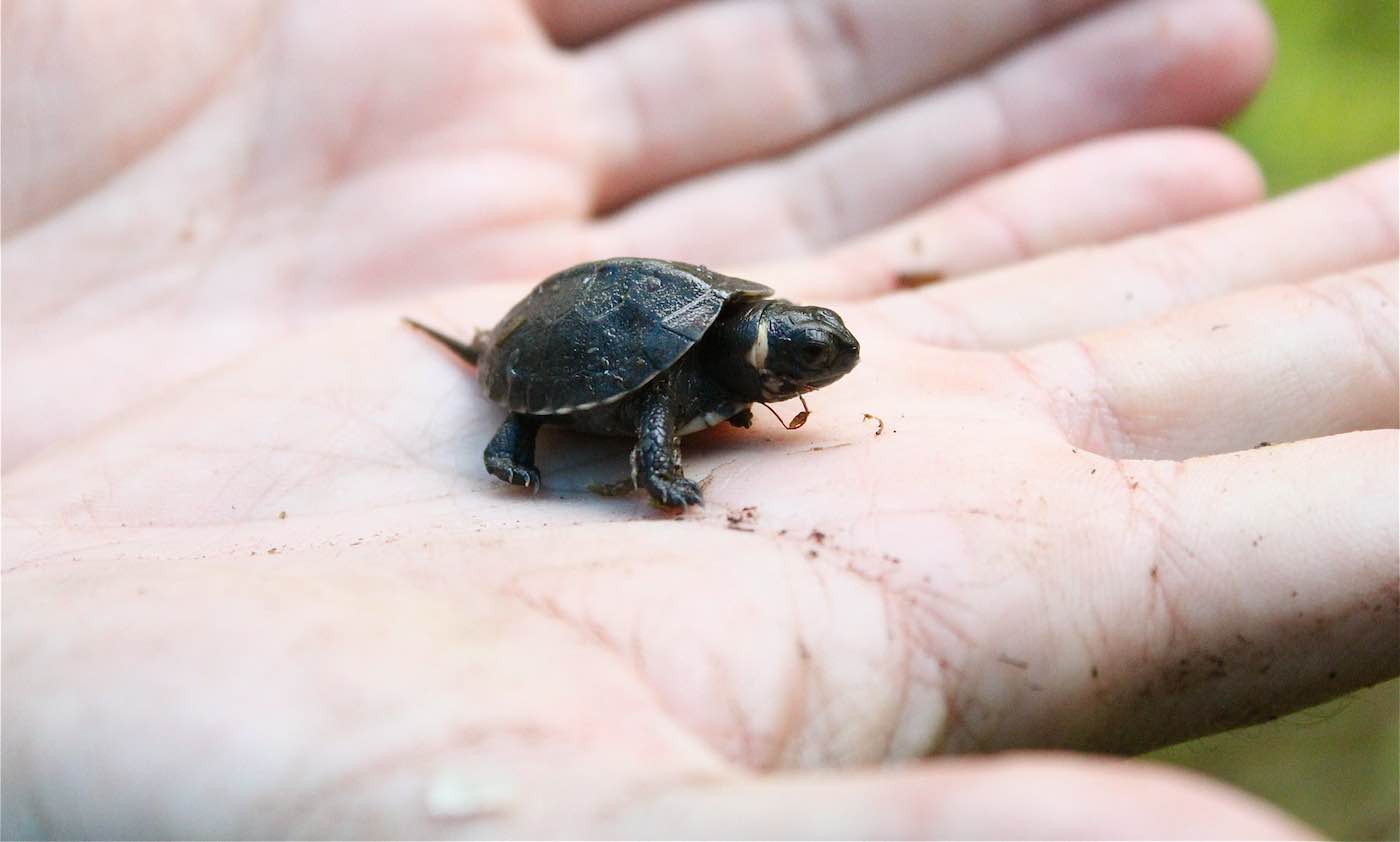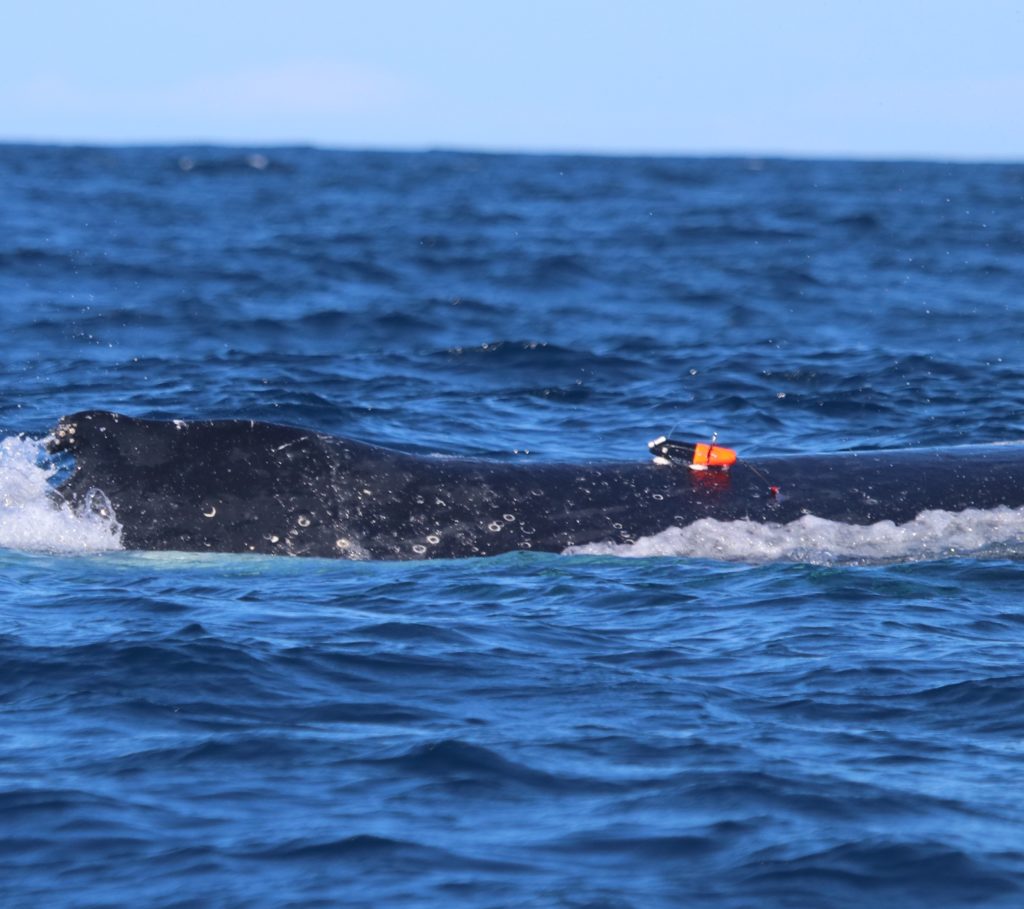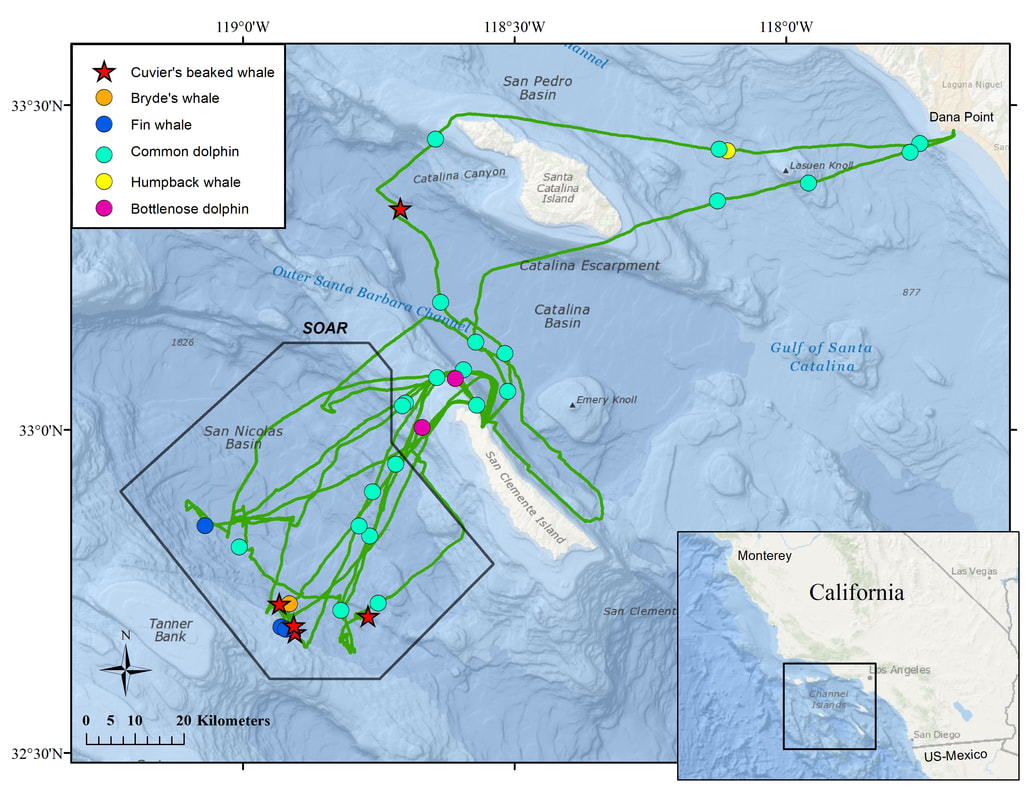

Location error can vary between 50 m and 2.5 km depending on the number of satellites overhead, how long the satellite can detect the transmitter, and teh number of messages received from the transmitter.

For the satellite to determine the location of the transmitter it takes about 3-5 minutes, and the transmitter must be on the surface to be detected. At the equator, this means that the satellites make about 6-8 passes per day for 10 minutes each. Each satellite circles the earth every 101 minutes and so it is only over any one place on the planet for about 10 minutes. While such a task would seem simple, it is not. These special instruments are designed to listen for transmitters like those we place on turtles and to determine where those transmitters are located. Attached to these satellites are special instruments operated by a French company, ARGOS CLS. National Oceanic and Atmospheric Organization (NOAA) and are the same satellites used to monitor global weather patterns. Polar orbiting satellites are currently used for tracking animals. The base stations then relays the data directly to researchers by e-mail. The satellites relay the transmitter data to base stations on Earth.

The data received from the turtle’s transmitter comes in the form of digital codes, which must be deciphered.
MARINE ANIMAL GPS TRACKS HOW TO
The program tells the microprocessor how to store information and when to transmit the information to the satellites. The small, low wattage PTTs attached to the turtles are controlled by a micro-processor which is programmed by a computer before it is attached. Well, Archie would be pleased to see what is being done with satellite technology today to study and protect sea turtles. In particular, Archie lamented that the use of satellite telemetry to track turtles in the open ocean had not yet reached the required level of sophistication. Generally, after about a year the transmitters quit working and fall safely off the turtle. A Sirtrack PTT, attached with fiberglass and resin, to the shell of a green sea turtle.īefore his death, Archie Carr urged young researchers to dedicate more time to studying how and where sea turtles migrate and what mechanisms they use to return from thousands of miles away to the same tiny stretch of beach. The satellite re-transmits the data to a receiving station on earth, which researchers can access through their computer.
MARINE ANIMAL GPS TRACKS FULL
The PTT sends a signal full of information to an orbiting satellite each time the turtle surfaces for air. Satellite telemetry (following an object on the earth with the use of orbiting satellites) has advanced to the stage of allowing researchers to track turtles in the open ocean after attaching a Platform Terminal Transmitter (PTT) to the back of a sea turtle. This is where the technology of satellite telemetry becomes useful and important in protecting sea turtles. Satellite transmitter, or PTT, attached to a loggerhead sea turtle We now know that sea turtles are highly migratory, often traveling hundreds or even thousands of miles between the beaches where they lay their eggs and the foraging (feeding) grounds where they spend much of their time at sea. In particular, to adequately protect sea turtles in all their habitats, we must learn more about their migratory patterns, their behavior at sea, where their marine habitats are located, how the turtles use these different habitats, and the migration routes turtles travel between habitats. Research into the behavior and life cycle of marine turtles has taught us that these creatures do not generally nest and feed in the same area. Since most research conducted on marine turtles has been carried out on nesting beaches and well over 90% of a sea turtle’s life is spent in the water - feeding, mating, migrating and doing whatever else a sea turtle does when no one is watching, we are missing important information that can help us better protect sea turtles. Green sea turtle being released with a satellite transmitter.


 0 kommentar(er)
0 kommentar(er)
